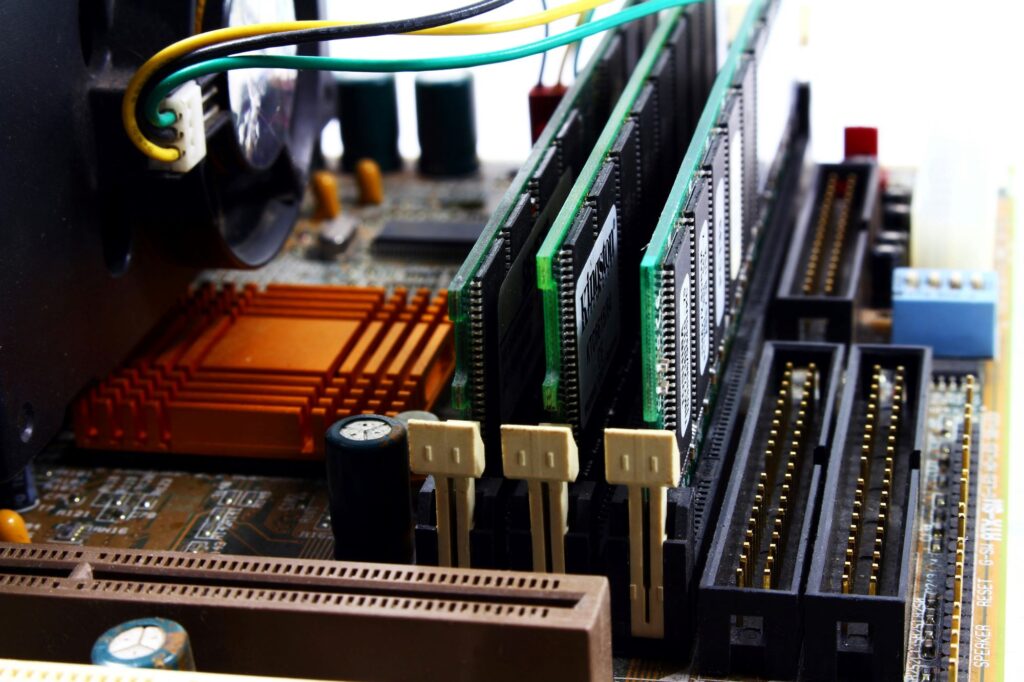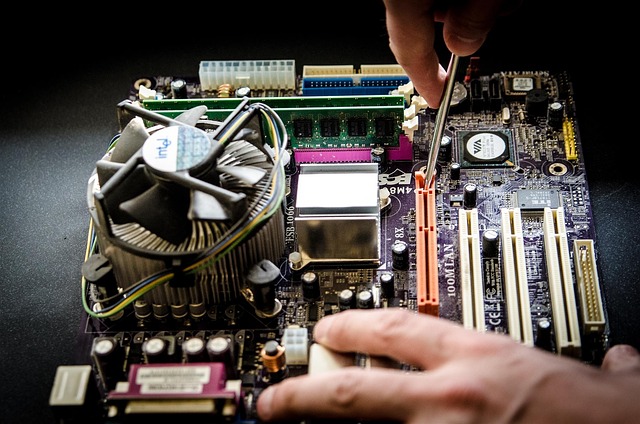The evolution of technology has brought unparalleled convenience and functionality, but it also introduces new security challenges. While software vulnerabilities often dominate security discussions, the hardware that powers our devices is not immune to hacking. This article dives deep into hardware hacking, exploring its methods, risks, and effective measures to safeguard against it.

What is Hardware Hacking?
Hardware hacking refers to the manipulation or exploitation of a device’s physical components to gain unauthorized access, steal data, or disrupt functionality. Unlike software attacks, hardware hacking often involves tampering with tangible components like chips, circuit boards, or embedded systems.
Common Targets in Hardware Hacking
- Firmware: Embedded software that controls device hardware.
- Physical Chips: Processors or memory components that store sensitive data.
- Ports and Interfaces: USB or other ports exploited for unauthorized access.
How Does Hardware Hacking Work?
Hackers use various techniques to exploit hardware vulnerabilities. Below is a breakdown of common methods:
1. Firmware Exploitation
Hackers may inject malicious code into firmware, giving them control over device operations. This often exploits weak update mechanisms.
2. Side-Channel Attacks
These attacks gather information from physical signals emitted by a device, such as electromagnetic leaks, power consumption patterns, or timing data.
3. Hardware Trojans
Malicious modifications to hardware during manufacturing can introduce vulnerabilities that activate under specific conditions.
4. Exploiting Debugging Interfaces
Debugging ports left accessible on hardware can provide a direct gateway for attackers to bypass security protocols.
5. Physical Tampering
Attackers may physically dismantle devices to manipulate components or extract data.
Real-World Examples of Hardware Hacking
| Incident | Details | Impact |
| Supermicro Motherboards (2018) | Alleged hardware implants discovered in server motherboards used by global tech companies. | Potential espionage and data theft |
| BadUSB Exploits | USB devices reprogrammed to execute malicious commands. | Unauthorized system control |
| ATM Skimming Devices | Physical attachments on ATMs to steal card information. | Financial losses |
What Makes Hardware Vulnerable?
- Hardcoded Passwords: Many devices ship with default passwords that users often fail to change.
- Lack of Encryption: Insufficient encryption of data stored on hardware increases risks.
- Unprotected Interfaces: Debugging or maintenance interfaces can become attack vectors.
- Insufficient Update Mechanisms: Without secure firmware updates, devices remain exposed to known vulnerabilities.

How to Protect Against Hardware Hacking
Mitigating hardware hacking risks involves proactive measures and robust security practices:
1. Secure Manufacturing Processes
Ensure that hardware components are sourced from trusted vendors and inspected for tampering during production.
2. Implement Strong Encryption
Encrypt data stored on hardware and use secure key management practices.
3. Disable Unnecessary Interfaces
Restrict access to debugging or maintenance interfaces that hackers could exploit.
4. Regular Firmware Updates
Install firmware updates promptly and only from verified sources to patch vulnerabilities.
5. Physical Security Measures
Use tamper-proof casings and monitor physical access to devices.
6. Employ Intrusion Detection
Implement hardware monitoring systems to detect unauthorized access or abnormal behavior.
Why Hardware Security Matters
Neglecting hardware security can have severe consequences, including data breaches, financial losses, and compromised privacy. Businesses must prioritize hardware security in their overall cybersecurity strategy, as attackers increasingly exploit the physical layer of devices.
Summary
Hardware hacking poses a significant but often overlooked threat in the digital age. By understanding its mechanisms and implementing robust safeguards, individuals and organizations can minimize risks and enhance their security posture. From secure manufacturing to regular firmware updates, comprehensive strategies are essential to staying ahead of potential attackers.
Investing in hardware security today is not just a preventative measure—it’s a necessity in a world where cyber threats continue to evolve.

